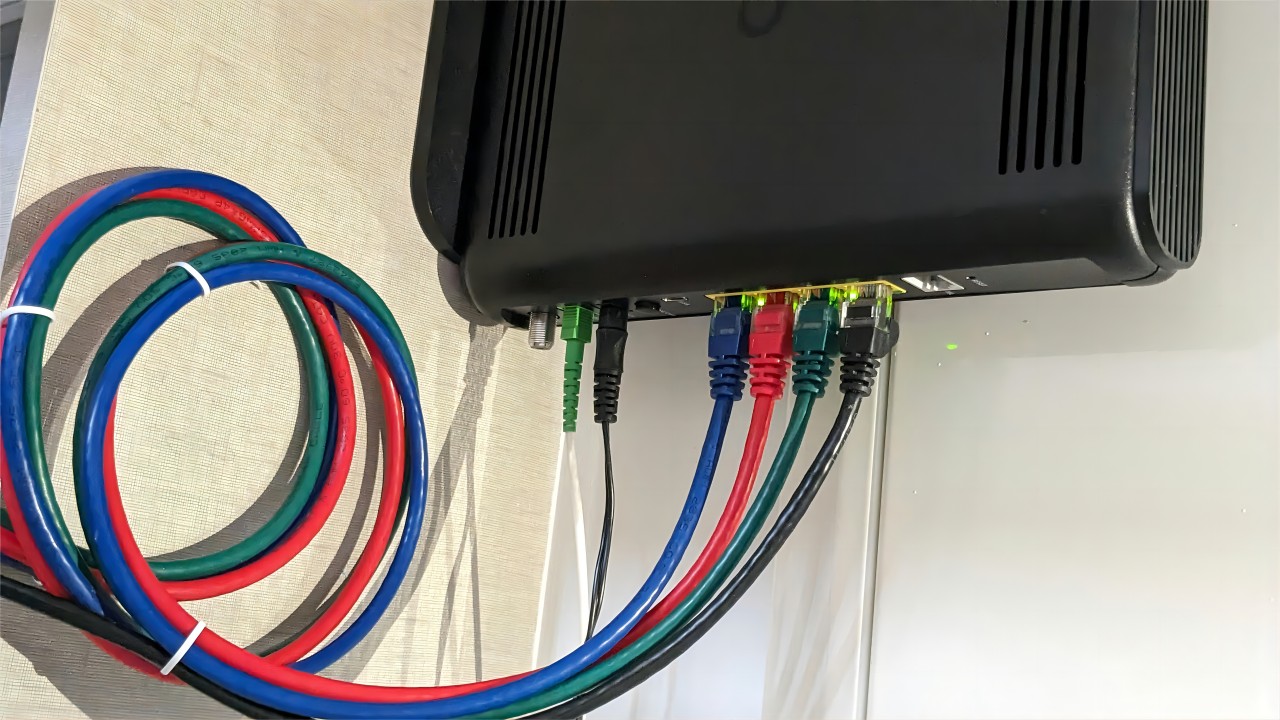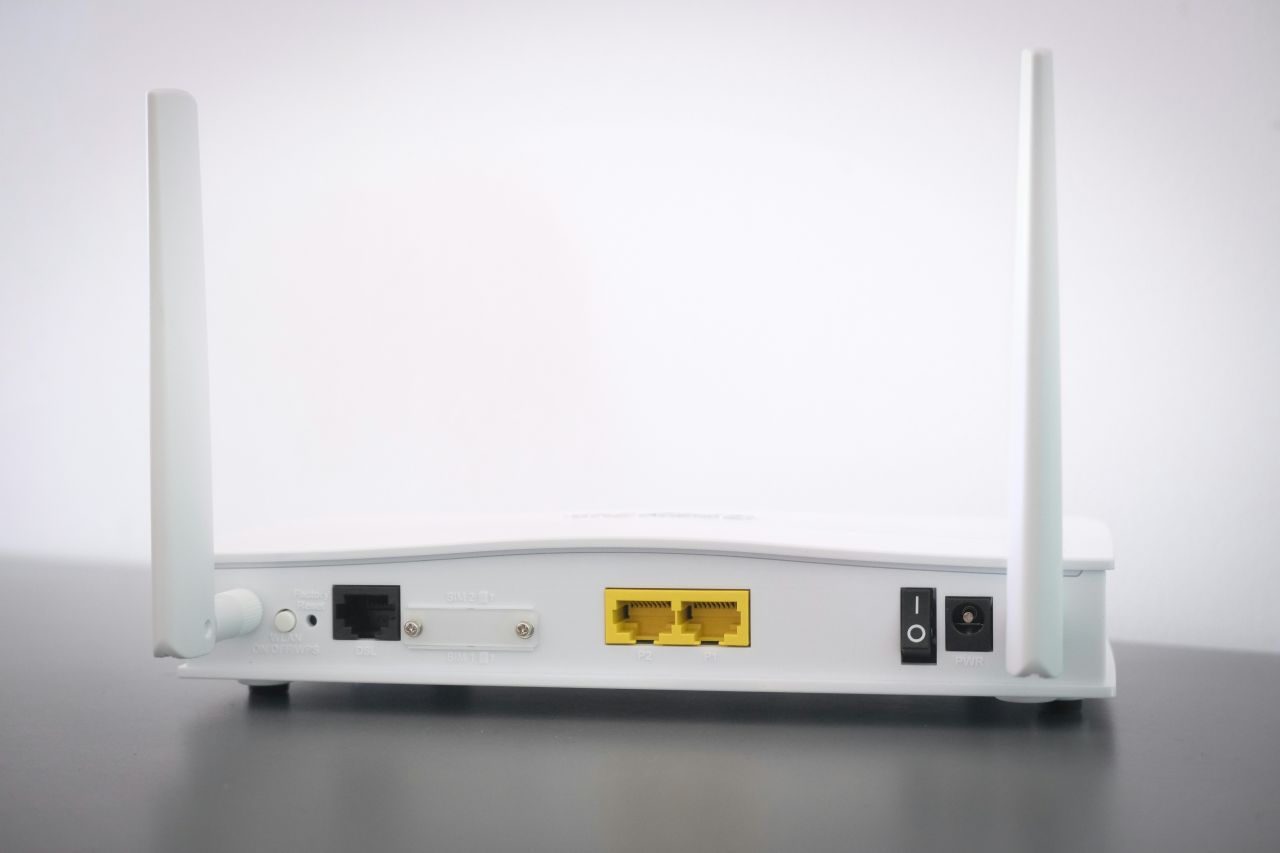All of those kinds of things help you ultimately build a robust home network, which is the backbone of a seamless internet experience, whether you’re streaming 4K videos, gaming online, or working from home. The correct selection of a router and its proper placement are key steps to guarantee the best coverage and performance. This guide will help you find the perfect router – how easy it is to use will only be part of the consideration.
Selecting the Right Router
1. Determine Your Internet Requirements
So you need to know your internet well before buying a router So, think about this: Number of Devices: Number of devices that you are connecting to your network. Smartphones, tablets, laptops, Smart TVs, and smart home devices. Internet Activities: Indicate your most frequent activities: Streaming, Gaming, Browsing, or Home Office work? 4K streaming and gaming- max performance router.
2. Types of Routers
In this article, we are going to explore some sorts of routers you can pick for different purposes: Single-Band Routers: These routers operate in only a single frequency band (2.4 GHz). Good for standard browsing activities but may get bogged down in congestion or interference. Dual-Band Routers: Work on two different frequency bands (2.4 GHz & 5 GHz). Can offer increased performance, and less interference, especially for most domestic dwellings. Tri-Band Routers: Offer a second 5 GHz band for further increased capacity for extra-compatible and busy activities. Best for: large homes where lots of people spend time online and lots of devices are connected. Mesh Wi-Fi Systems: These are all a three-pack, so you can establish a mesh inside your home as well to extend your Wi-Fi all over. Best for dead spot hunters.

3. Key Features to Look For
Keep in mind the attributes you are looking for in a router: Wi-Fi Standards: Make sure the routers you are interested in are Wi-Fi 6 (802.11ax) routers, which provide faster throughput, increased capacity, and lower latency in crowded environments. Speed and Range: Find the maximum speed and range of the router. This is particularly so for the high-bandwidth activities and large homes, where higher speeds and longer range are needed. MU-MIMO (Multi-User, Multiple Input, Multiple Output): Enables the router to talk to more than one device at a time, slashing overall network throughput. QoS (Quality of Service): Moves certain types of traffic to the front of the line, enhancing the performance of streaming and gaming. Security Features: Routers with robust security features such WPA3 encryption, built-in firewalls, and automatic firmware updates.
4. Brand and Support
A good alternative: Get a brand that is trustworthy for their robust hardware and impressive support from customers. ASUS, Netgear, TP-Link, and Linksys are some top brands in the market. Look for reviews and customer feedback that will give us an idea of the router’s performance and its reliability.
Positioning Your Router for Optimal Coverage
1. Central Location
Make sure you put the router in the center location of your house and you have equal coverage everywhere. Do not put it in a corner or at the very end of the house as this will provide a weak signal in a faraway region. Your router should ideally be in the middle of your house, and preferably on your main floor.
2. Elevation Matters
Place the router in a high-up place on a shelf or on the wall. Wi-Fi signals mainly flow out and down which is why mounting the router up high somewhere can make a difference in how far the signals reach and how strong they are.

3. Avoid Obstructions
Walls, furniture, and appliances can block Wi-Fi signals. Keep your router in an open space away from large metal objects or dense material like concrete to reduce interference. Avoid interference with other wireless devices, such as microwaves, and cordless phones.
4. Antenna Positioning
Position the antennas – If your router has adjustable antennas, position them for the best coverage. The signal strength can often be improved if one antenna is mounted using horizontal polarization instead of vertical polarity (or vice versa). This will result in a signal that is more evenly distributed to multiple floors and rooms.
5. Mesh Systems and Range Extenders
For larger homes or those with multiple floors, think about a mesh Wi-Fi system or range extenders so you can fill your entire home with your new Wi-Fi. Rather than being a single unit, mesh systems are often sold as multiples made to work seamlessly with each other – range extenders are distinct units designed to amplify the signal from your central router.
6. Update Firmware
Ensure to keep the router firmware updated, as newer firmware updates ensure that you have the latest security patches and performance improvements. Of course, most modern routers will update their own firmware, but if your router lacks this function, you can check the manufacturer’s website for firmware updates.
7. Optimize Channel Settings
Hence, all Wi-Fi routers work on different channels. Neighboring networks in crowded regions can lead to interference. There are a number of free Wi-Fi analyzer tools that will show you the least congested channel in your neighborhood that you can use to manually set your router to use a quieter channel. Mobile hotspot channels change automatically and most routers come with an auto-channel feature that selects the best channel.
8. Secure Your Network
Make sure that your Wi-Fi network is secure, to prevent others from using your access and slowing down your connection. Create a strong, unique password and WPA3 encryption if possible. Regularly disconnect any connected devices you are not familiar with.

9. Consider Wired Connections
You may also want to hard-wire your Ethernet connection for a more stable connection and higher speeds for gaming consoles and desktop PCs. Wired connections will naturally offer better performance since they are not subject to wireless interference.
10. Regular Maintenance
Regularly maintain your router to keep it operating efficiently. Turn your router off and on again every now and then to help clear out any temporary issues. Avoid accumulating dust because it affects its performance and usage life span by cleaning the router.
Another way to improve the performance and reliability of your home network is by choosing your router strategically, and placing it where it will get the best coverage. A network that is well-optimized in this respect ensures that your various devices all have a connection to the internet that flows effortlessly, enabling a more efficient and enjoyable digital life.


Leave a Reply